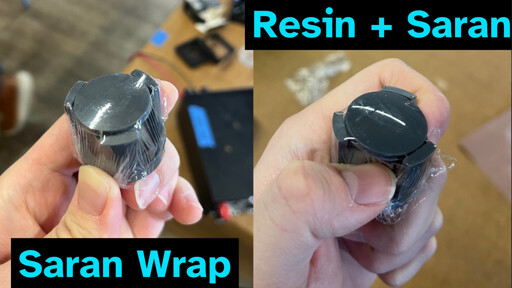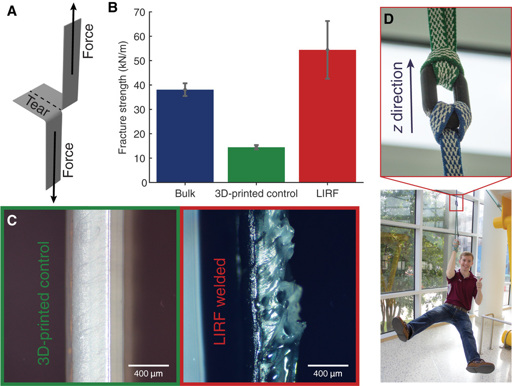

Building my v2.4 was spread out across multiple days, I didn’t rush anything. A lot of that time was spent making sure everything was square, tramming the gantry, cabling took a while. There’s a lot of small fiddly stuff, bearings that you’ll not want to damage, things you don’t want to accidentally pinch so while you could probably bang out a kit pretty quick once you’ve had some experience, I’d still really want to take my time with it, put time and care into the assembly and it’ll pay off with quality and reliability.
And to be fair to the total time I spent, I spent time trying to understand how things all worked together while assembling it, active assembly time was only a fraction of it.





You get a bag of haribo golden bears with the kit, manual has callouts after completing a section to treat them as a reward for completing a milestone, intro page talking about it